Affiliate links on Android Authority may earn us a commission. Learn more.
HTC in 2018: Will it be able to turn things around?
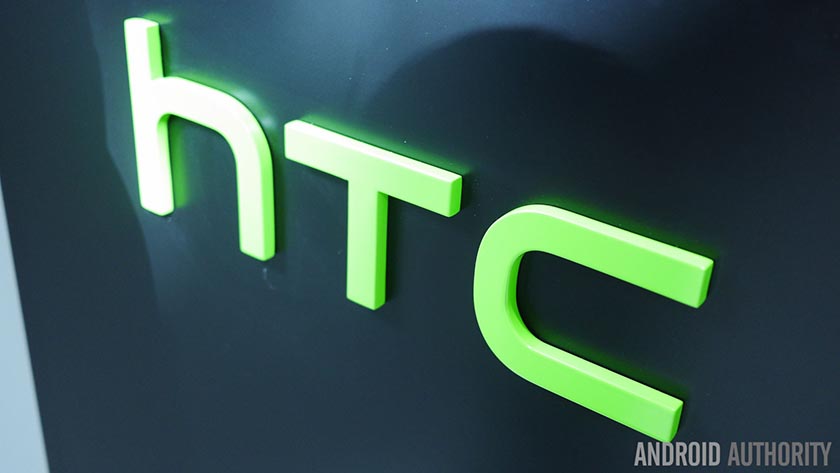
HTC struggled in 2016. Despite releasing a few great smartphones like the HTC 10 and Desire 10 Pro, the company lost money each fiscal quarter.
To turn things around in 2017, HTCopted for a different business strategy. It reduced its lineup of smartphones, and stopped production on low-end smartphones, focusing solely on mid- and high-end releases, in an attempt to return to profitability. Instead of releasing close to 20 models like in previous years, HTCreleased six more premium phones.
Did the strategy work? Also, what do we want to see from HTCin 2018?
An overview of 2017
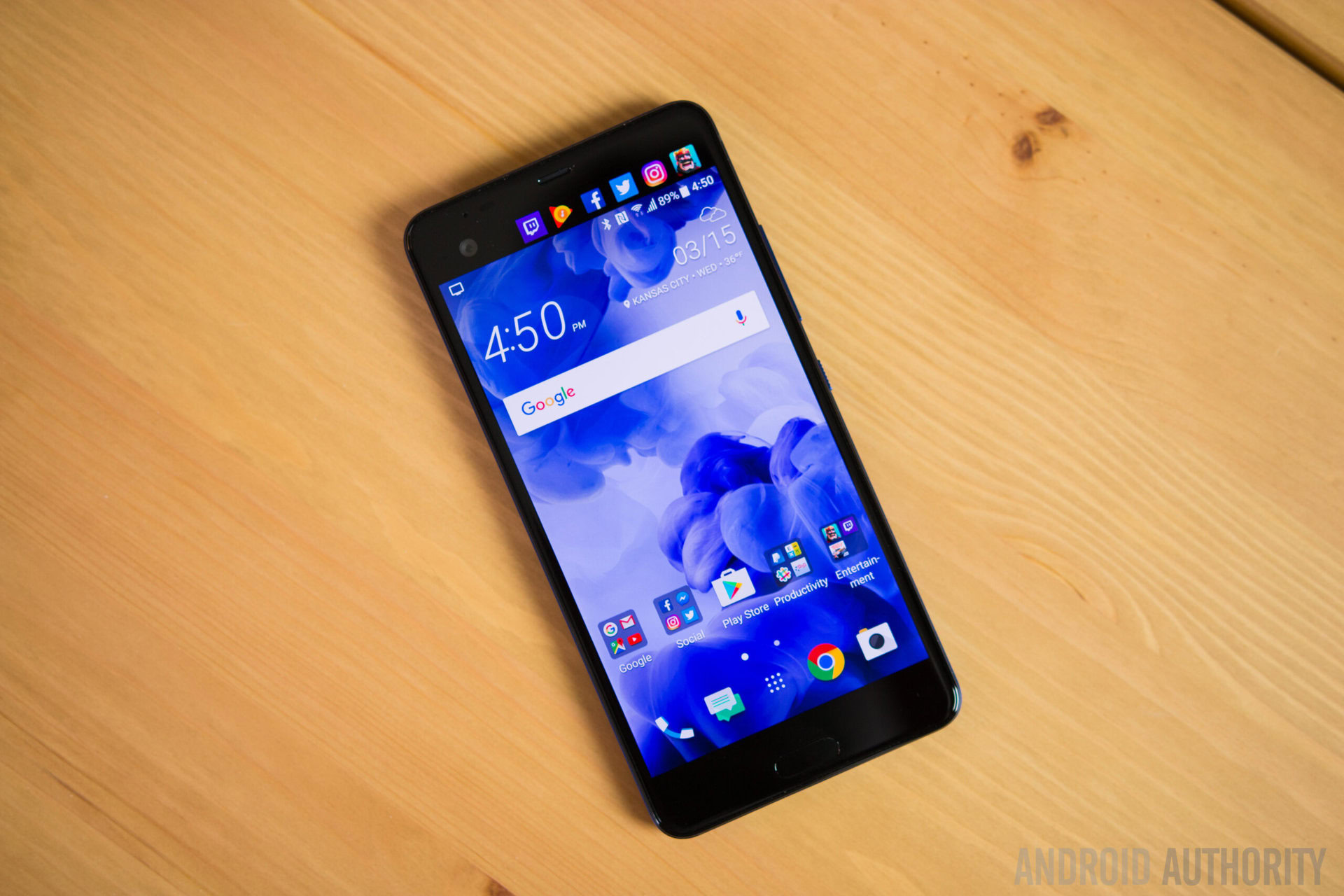
HTC announced two smartphones in January — the mid-range U Play and high-end U Ultra. Despite offering brand new metal and glass designs, they failed to impress. U Ultra was especially disappointing, with its small battery, and lack of water resistance and headphone jack. It was also overpriced at launch, that dropped from $750 to $600 a month after its U.S. release (a hint that sales didn’t live up to expectations).
The next product launch happened in April when HTCtook the wraps off the One X10. It came with a 5.5-inch Full HD display, MediaTek’s Helio P10 chipset, and a massive 4,000 mAh battery. It only launched in select markets and excluded the U.S..
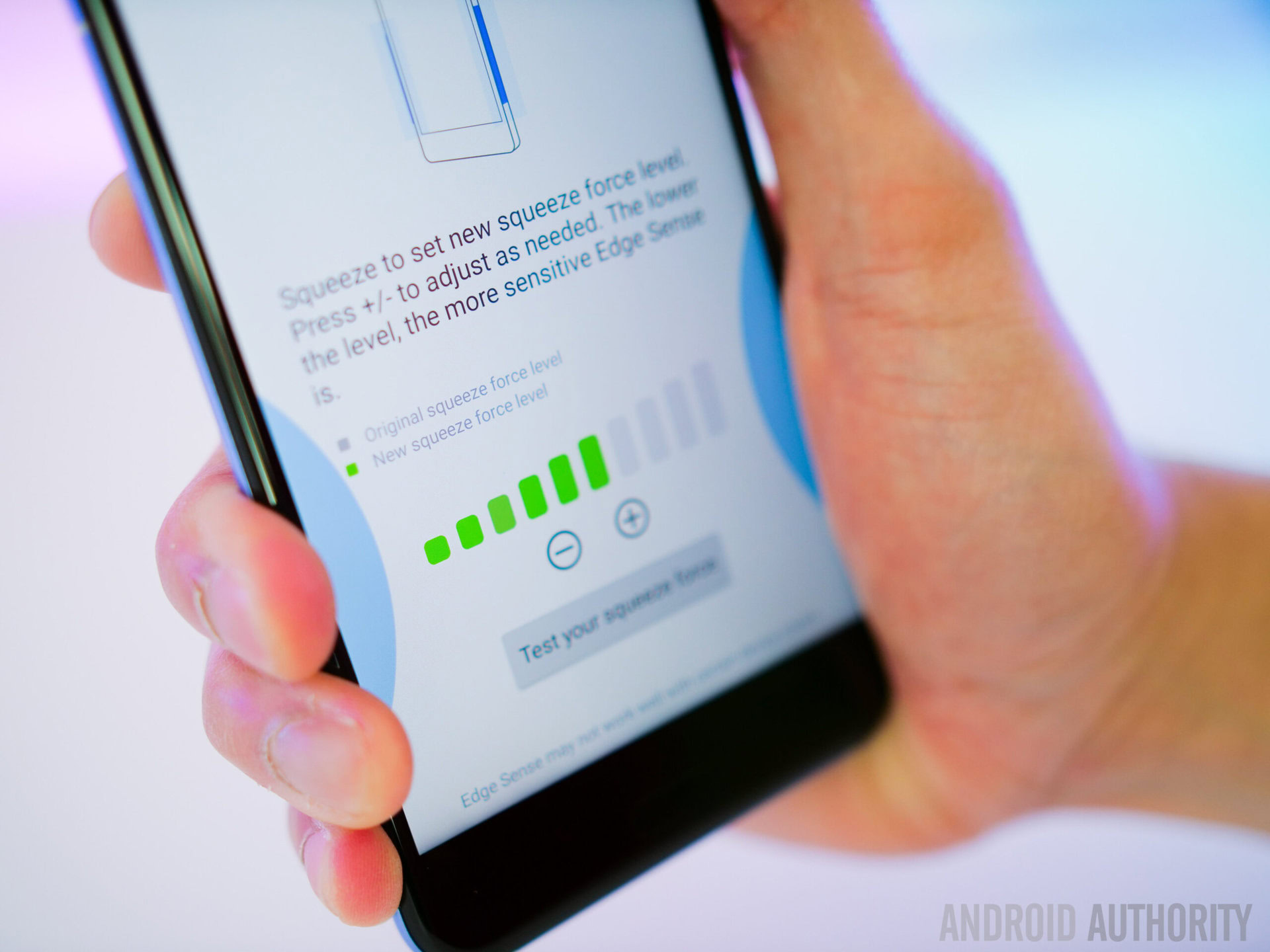
The company finally grabbed more attention in May with the release of its flagship handset. Called the U11, it impressed with top-of-the-line specs, a fantastic camera, and the innovative Edge Sense feature.
But it wasn’t perfect. The device has a small display for a flagship, at 5.5 inches, and thick bezels — making it hard to compete with the near bezel-less LG G6 and Samsung Galaxy S8. The price was also too high at launch, as the smartphone was $50 more expensive than the G6, at $650.
Nevertheless, the U11 outsold the HTC 10, as well as the One M9, in its first month. HTCsaid the smartphone was so popular in certain markets it had trouble keeping up with demand. Still, it wasn’t seen as a worthy competitor to devices like the Galaxy S8 due to its drawbacks.
HTC took its game to the next level with the announcement of the U11 Plus.
In November, HTCtook its game to the next level with the reveal of the U11 Plus. The device followed all the latest flagship trends, with high-end specs and a large 6-inch display with an 18:9 aspect ratio. It’s HTC’s true flagship of the year and can go head-to-head with just about any smartphone out there. It comes in a few different colors including the eye-catching Translucent Black, which reveals various internal components with its see-through back.
The last HTCsmartphones announced in 2017 were the U11 Life (Android One) and the unlocked U11 Life. The Android One version came running vanilla Android, and the unlocked model featured HTC’s Sense UI on top. Sure, it doesn’t feature an 18:9 display or thin bezels, but it’s still a fantastic smartphone. The mid-ranger came with a 5.2-inch Full HD screen and Snapdragon 630 chipset, at an affordable $350.
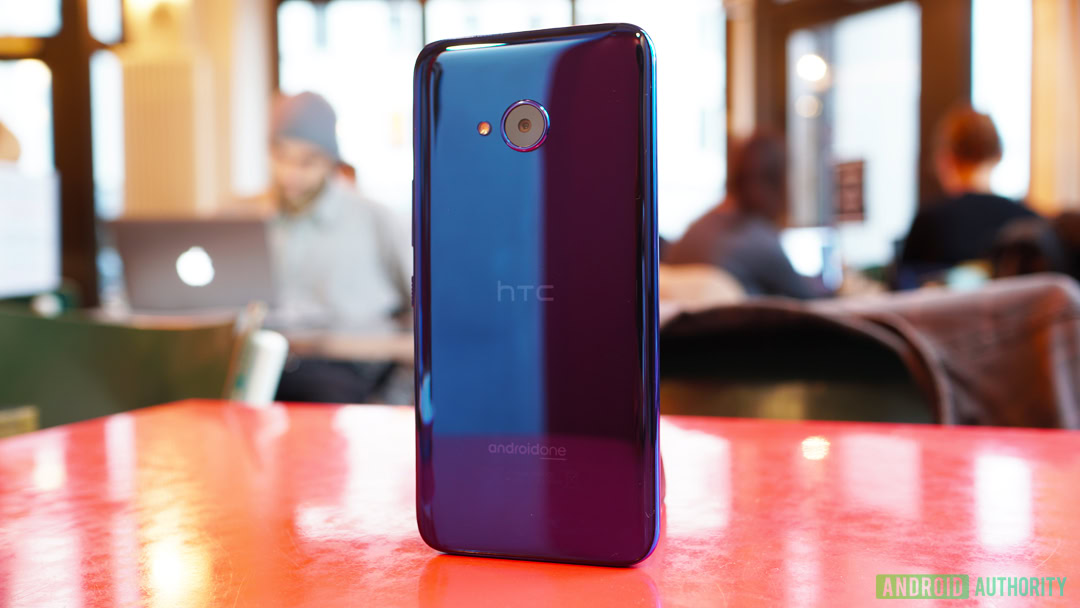
HTC got better over the past year. It failed to impress in its first quarter, but grabbed more attention later, with the U11. Things got even better in the last quarter with the announcement of the U11 Plus and U11 Life, HTC’s most interesting smartphones of the year.
Overall, 2017 was still a bad year for HTC. The company generated an average net loss of $80 million in each of the three quarters — Q4 results haven’t been released yet. Due to the bad financial results it has been experiencing for a while now, rumors started in August that HTCis looking for a new owner.
Google acquired the company's “Powered by HTC” research and development division for $1.1 billion.
The rumors turned out to be partly true in November when Google announced it has purchased the company’s “Powered by HTC” research and development division for $1.1 billion.
But the acquisition doesn’t mean HTCwill exit the smartphone market. It will continue to operate independently and develop its own smartphones, albeit with less manpower. How big a difference this will make in launching innovative new products has yet to be seen.
2018: Time for a change

Based on how 2017 went, it’s clear HTChas to make changes in 2018.
The U Ultra wasn’t well received, so it wouldn’t make sense for HTCto release a successor, especially when the U11 Plus already competes with phones like the LG V30, HUAWEI Mate 10, and Google Pixel 2 XL.
HTC has to impress with its successor to the U11. The device should still come with top-of-the-line specs, innovative Edge Sense feature, and a free pair of USonic earbuds in the box, but it should also have a larger display with thinner bezels, a dual-camera setup, and a lower price tag. Without all that, it will have a hard time competing with the Galaxy S9 and other 2018 flagships.
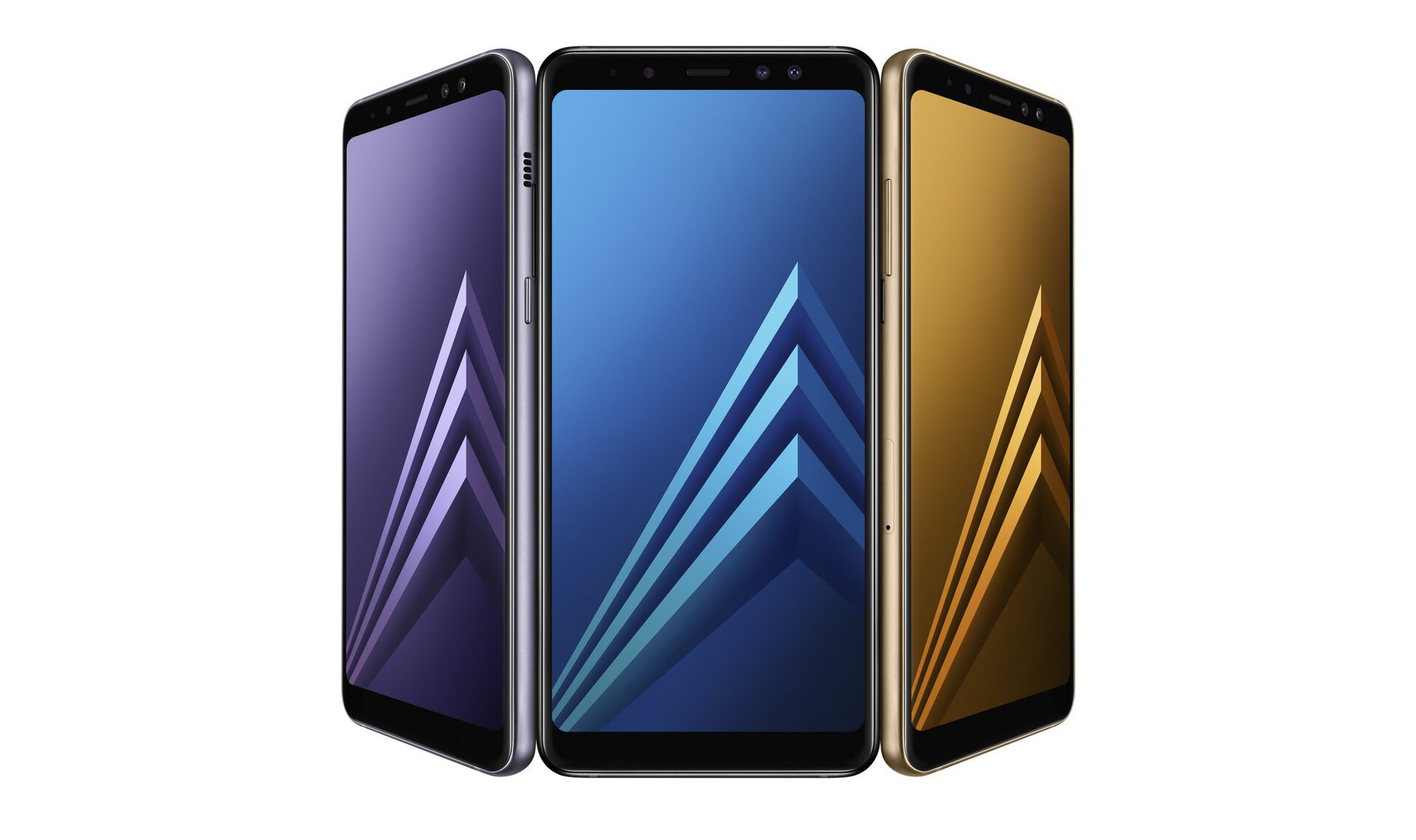
The company should also bring its mid-range lineup to the next level. Samsung has done a great job in this area with the recent announcement of the Galaxy A8 and A8 Plus. Both smartphones share a few things with the Galaxy S8 series, like an 18:9 screen, premium metal and glass body, and IP68 rating for protection against water and dust.
To grab attention in the mid-range market, HTCshould take a page out of Samsung’s playbook. Releasing a few handsets inspired by U11 Plus’ design that offer similar if not better hardware than the A8 and A8 Plus at a lower price could be the way to go.
That’s something we might see at the beginning of this year. Rumor has it the company will announce a mid-range variant of its HTC U11 Plus in January, but there’s no word on specs and pricing yet — so we don’t know how exactly will it stack up against the Galaxy A8 series.
If HTCdoesn't improve sales and financial results, it might be forced to leave the smartphone market.
This year will be an important one for HTC. Sales and financial results have to improve, otherwise, it may be forced out of the smartphone market. The company played it safe, which turned out to be a recipe for disaster. In 2018, it should be bolder, try out new things, and make more of an effort to differentiate its products from the competition.
Here’s an idea: HTCcould launch a budget brand. It can keep prices low by focusing on online sales, just like HUAWEI with its HONOR brand. After all, pricing is one of the main factors keeping HTCfrom success. The company’s smartphones aren’t the most expensive ones out there, but they’re sure as hell not the cheapest.
There are many other business strategies HTCcould opt for, too. The important thing is the company needs to start thinking outside the box and makes some serious changes.
Final thoughts
It’s hard to predict how good or bad 2018 will be for HTC. We want to see it make a bigger impact on the market. More competition is always better for consumers, it forces companies to innovate more and brings down prices.
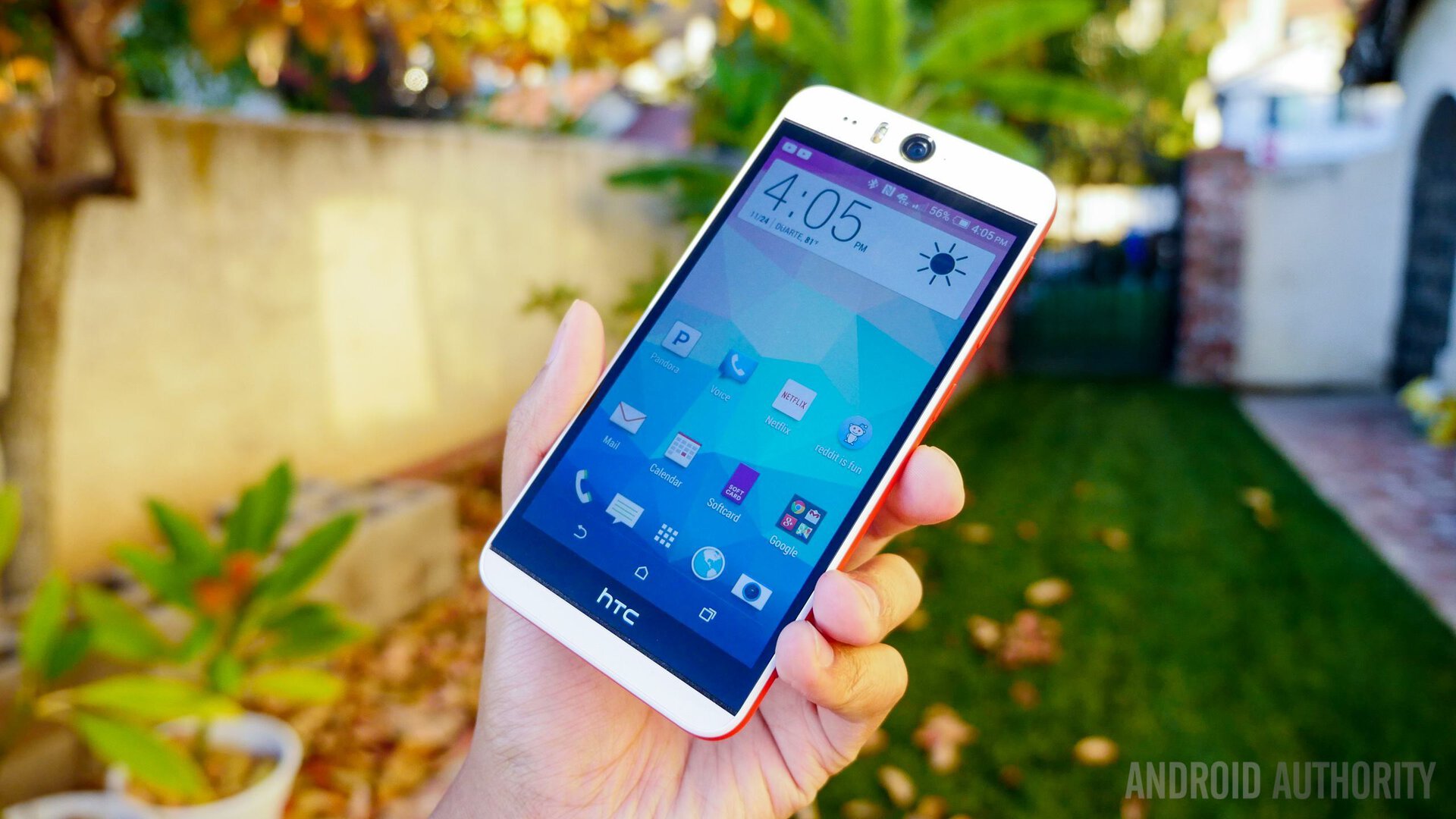
HTC’s plan is to increase sales and return to profitability. Achieving such ambitious goals won’t be easy, especially without its “Powered by HTC” R&D division, but it can be done. The smartphone business can change in the blink of an eye. HTCcould make a big step forward in a short period of time.
To turn things around, the company has to release more attention-grabbing smartphones, reduce prices, and invest more money into marketing — which is almost non-existent in many European countries. The alternative for HTCwould be to stick to its old ways, and likely have another disastrous year.
Do you think HTChas what it takes to return to profitability in 2018? Let us know in the comments.